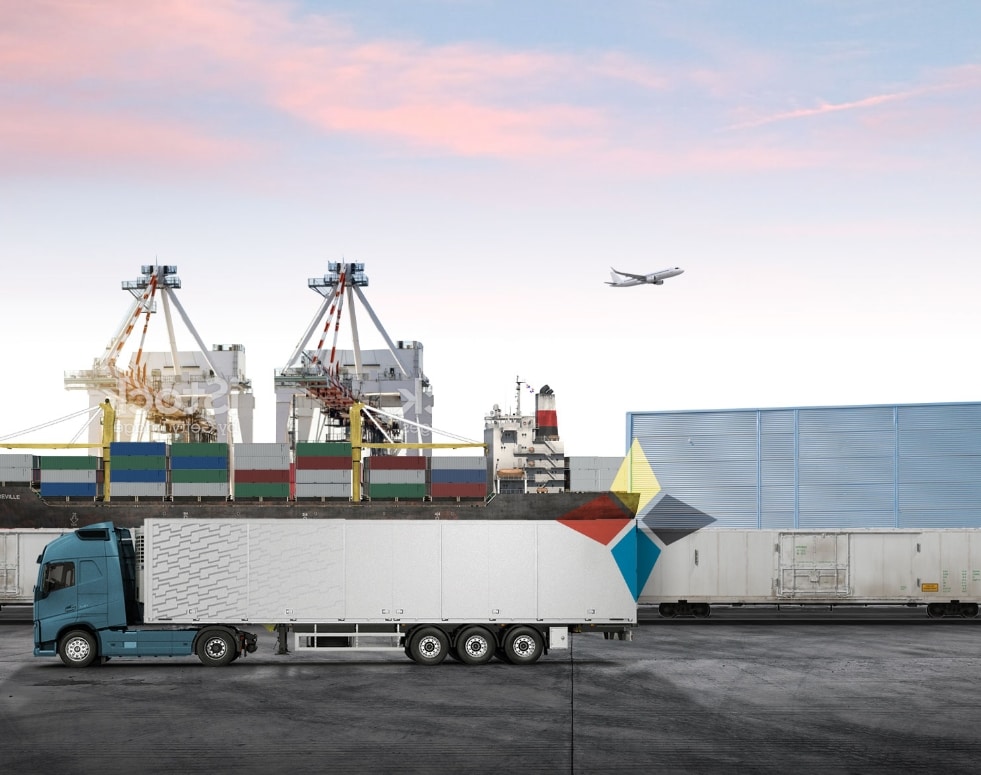
Last week, my colleague Gina Hortatsos and I sat on a webinar panel with Rick Blasgen, President and CEO of the Council for Supply Chain Management Professionals (CSCMP), for which I also serve as the 2019 EDGE Conference Chair.
We had gathered to discuss the latest CSCMP State of Logistics report, which is always full of interesting insights, analysis and trends in the world of supply chain. (If you’d like to take a look at the report for 2019, I recommend checking it out here).
Among the many topics we discussed (macroeconomic trends, blockchain, IMO 2020 low sulfur regulations), three in particular stood out as some of the top trends that shippers should consider when adjusting their supply chain to thrive in today’s economy.
Customers always come first
My first key takeaway from this discussion was to always listen to the Voice of the Customer. Customer expectations have been reset by Amazon, and companies are furiously competing to win customer loyalty.
What’s the best way to do that? Listen to what your customers are saying, via direct feedback, in surveys, on social media, and other channels. And if they’re not telling you, ask them!
Once you’ve figured out what your customers want, figure out how you can provide that better than anyone else. Whether you’re differentiating yourself in the eyes of the consumer by expediting shipment (more on that below), or by giving them a service they can’t get anywhere else (such as a manufacturer warranty, or professional assembly if you’re a furniture maker), watching and responding to your customers and prospective customers is the most important thing you can do to stay competitive.
Collaborate, collaborate, collaborate
The title of CSCMP’s 2019 State of Logistics report is “Cresting the Hill,” alluding to the fact that we’ve started to see the light on the horizon again after a dismal 2018. It’s also an acknowledgment that we’ve still got a long way to go.
Transportation costs have consistently been cited by even the largest companies as a major challenge in meeting annual targets. And while there may be trucks available, there are certainly not enough drivers available to drive them. The way to overcome these challenges is through collaboration and information sharing. We now have the tools that can help shippers and carriers anticipate utilization through better visibility, empowering them to replace forecasted knowledge with actual knowledge and share resources like never before. This sort of collaboration helps to build relationships up and down the supply chain, and enables supply chain partners to work together to make resource utilization bottlenecks a thing of the past.
As Rick explained it, customers shopping at their local grocery store don’t care if a box of cereal arrived on the same truck as its competitor, or if it was housed in the same warehouse. Transportation is not a commodity, and especially with available capacity stretched as thin as it is today, sharing capacity even with competitors can reap compounding rewards.
Focus on the Last Mile
Twenty years ago, a long lead time on a shipment in transit across a country, continent or even an ocean was a standard part of doing business. Those days are long gone.
E-commerce sales are now close to 10% of total retail and continuing to grow, which in turn is fueling the growth of last-mile delivery and parcel deliveries by forcing companies to move their inventory closer to the consumer. For companies shipping goods with a short shelf-life, last-mile is becoming a core competency, and the quickly evolving strategies around last mile are enough to make any supply chain professional sit up and take notice.
As Rick stated, the phrase “last mile” doesn’t just mean the last 5,280 feet. The recent news about UPS adding Sunday deliveries and drone deliveries is just one example of how last-mile and parcel is becoming a greater and greater priority throughout the industry, and of the creative ways supply chain professionals are addressing it. Crowd-sourced solutions like Amazon Flex and Roadie, which allow everyday individuals to make lots of short deliveries and are particularly effective in densely-populated urban areas, are another. I’m sure we’ll see many more interesting and inventive solutions in the years to come.
A huge thank you to Rick for joining us on this special webinar, and to the hundreds of attendees who tuned in to hear CSCMP’s takeaways and to tell us what you thought would have the most impact on supply chain operations in the near future. For those of you who were unable to join us, I encourage you to listen to the full recording here.
I hope I’ll see you at CSCMP EDGE this year in Anaheim!